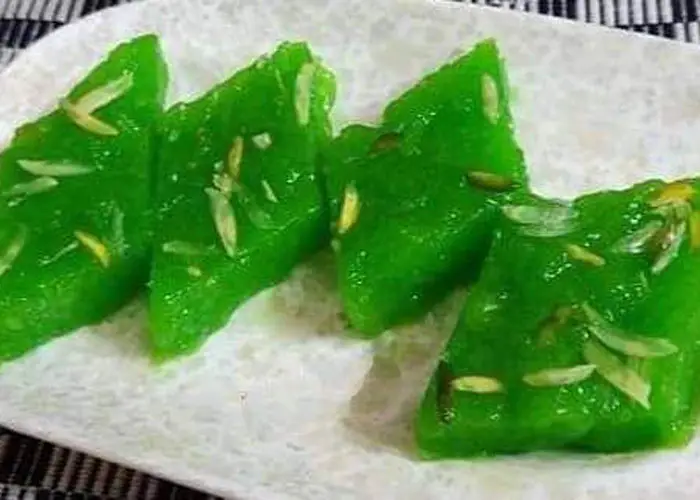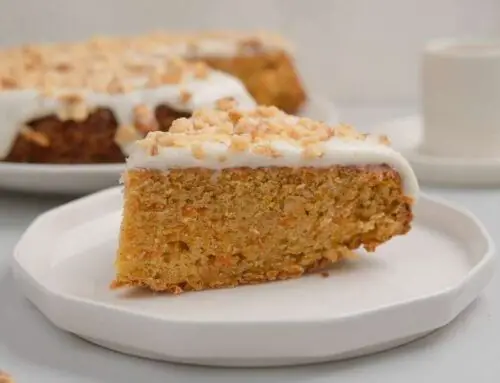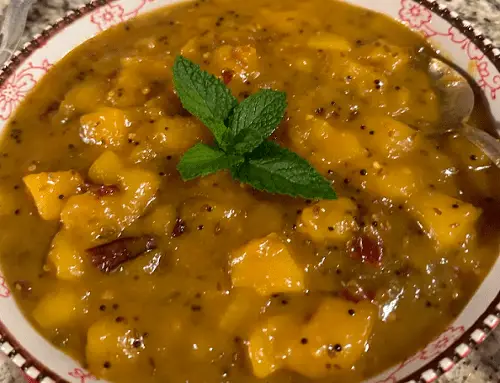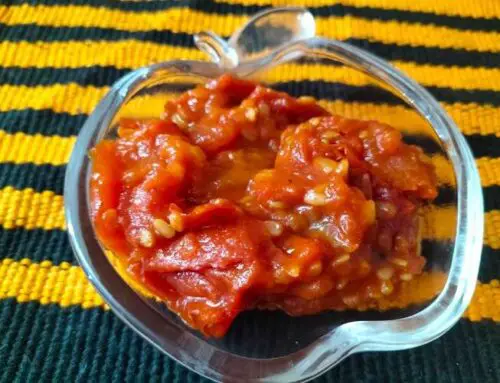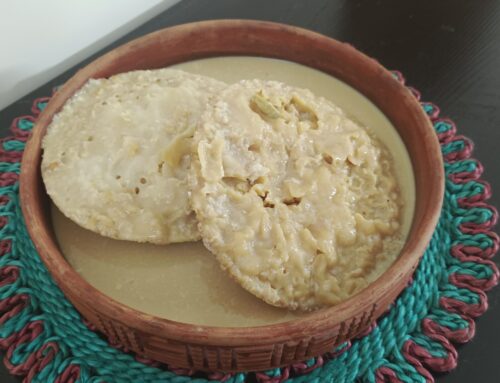“Nishasta Halwa,” a cherished Bengali dessert, captivates with its unique blend of flavors and textures. Crafted from wheat flour, ghee, and sugar, it embodies the heartwarming essence of traditional Bengali sweets. The dessert’s preparation involves patiently roasting the wheat flour in ghee until it transforms into a rich golden hue, infusing it with a distinct nutty aroma. The addition of sugar and aromatic spices like cardamom elevates its taste to a comforting sweetness. This dessert is often lovingly prepared during festivals, weddings, and other joyous occasions, Ramadan month, symbolizing the celebratory spirit and familial bonds of Bengali culture.
About Contributor
My name is Tahmina Aktar. I am a working professional. I feel immense joy participating in competitions. I have learned cooking from my mother’s work. When my mother used to cook, I would stand beside her, observing her cooking, and later I would attempt to cook those dishes. The memories stay with me when my mother used to prepare desserts, pudding, khichuri, biryani, and meat dishes. I would stand there to taste the cooking, and those memories still linger in my mind.
Nishasta Halwa
Beyond its taste and cultural significance, Nishasta Halwa carries with it the memories of generations. It is a dessert that grandparents might have enjoyed during their youth and then lovingly passed down the recipe to their children and grandchildren. With each generation, the recipe might be tweaked and personalized, adapting to evolving tastes while preserving the essence of tradition.
In modern times, Nishasta Halwa continues to captivate dessert enthusiasts with its timeless appeal. Chefs and home cooks alike experiment with various flavor profiles, infusing the dessert with saffron, rose water, or even coconut. These contemporary twists pay homage to the dessert’s rich history while embracing the spirit of culinary innovation.
As we savor Nishasta Halwa today, we honor the generations before us who cherished this dessert as a symbol of love and unity. Its presence on our tables serves as a bridge between the past and the present, connecting us to the roots of Bengali culture. Whether enjoyed during a festive feast or a simple family dinner, Nishasta Halwa stands as a testament to the enduring power of food to bring people together and create cherished memories.
Instructions
- Soak 1 cup of semolina in 2 cups of water overnight.
- Roast the soaked semolina until it turns golden brown.
- Take it out and pour 3 cups of water into the pan.
- Strain the water well through a fine cloth. You will need a total of 5 cups of semolina water.
- Mix cardamom powder and sugar with the water and place the pan on medium heat without stirring too much.
- Add a little lemon juice.
- Gradually add ghee while stirring continuously.
- Stir the halwa gradually.
- When the halwa becomes clean and shiny, add a little food colour.
- Sprinkle chopped almonds, let it cool, cut, and serve.
Nutrition

